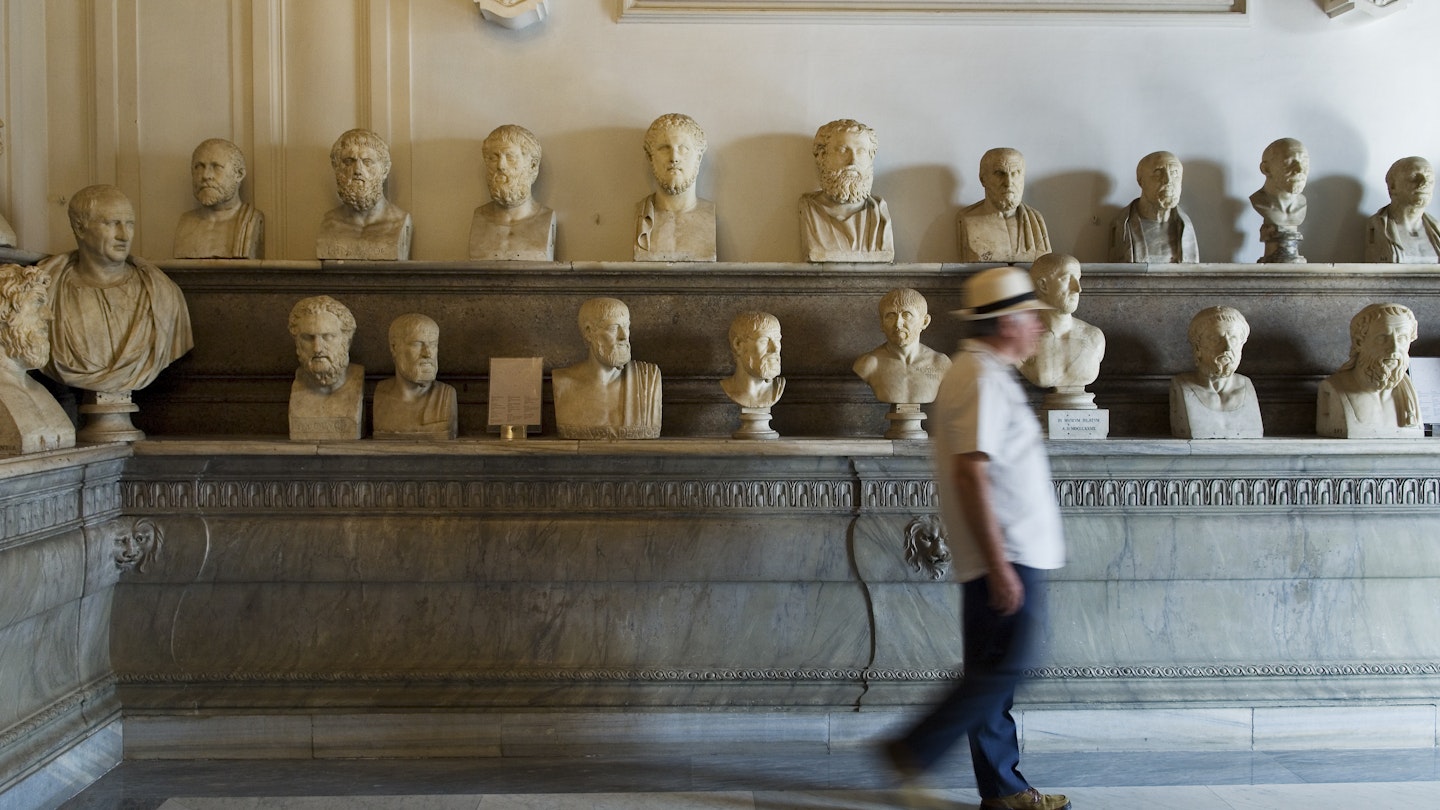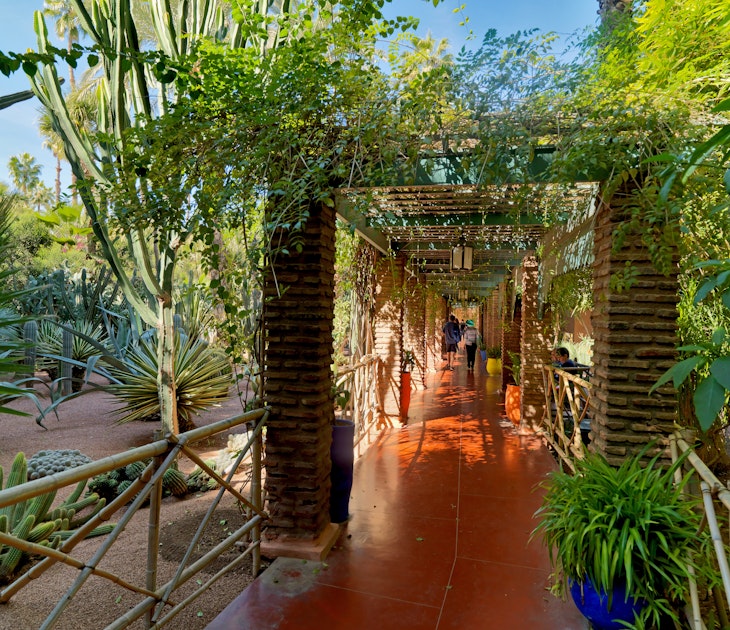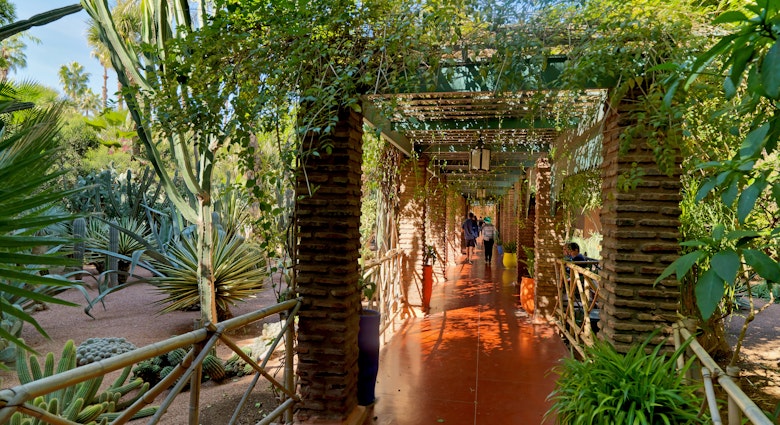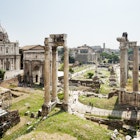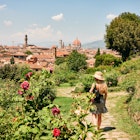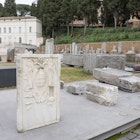Italy’s headstrong capital reigns as the darling of travellers, courting a whopping 4 million tourists every year. If visiting top destinations like the Colosseum and the Trevi Fountain have you pining for a little elbow room, seek out some of Rome’s less crowded museums, neighbourhoods, and green spaces that are just as captivating.

Instead of the Vatican Museums, try the Capitoline Museums
Hemmed in by Michelangelo’s Piazza del Campidoglio, the Capitoline Museums abound with ancient Roman sculptures, artifacts, and a lavish collection of medieval and Renaissance art. They also receive far fewer visitors than their splashy peers, meaning no queues and blessed quiet to contemplate the hallowed masterpieces that the museums safeguard, such as the bronze Capitoline She-Wolf cast above infant twins Romulus and Remus, the legendary founders of Rome; the ruins of the Temple of Jupiter; and the equestrian statue of Marcus Aurelius.

After your romp at the museums, sip a caffè at Terrazza Caffarelli, the Capitoline’s terrace bar, with the city unfurled at your feet.
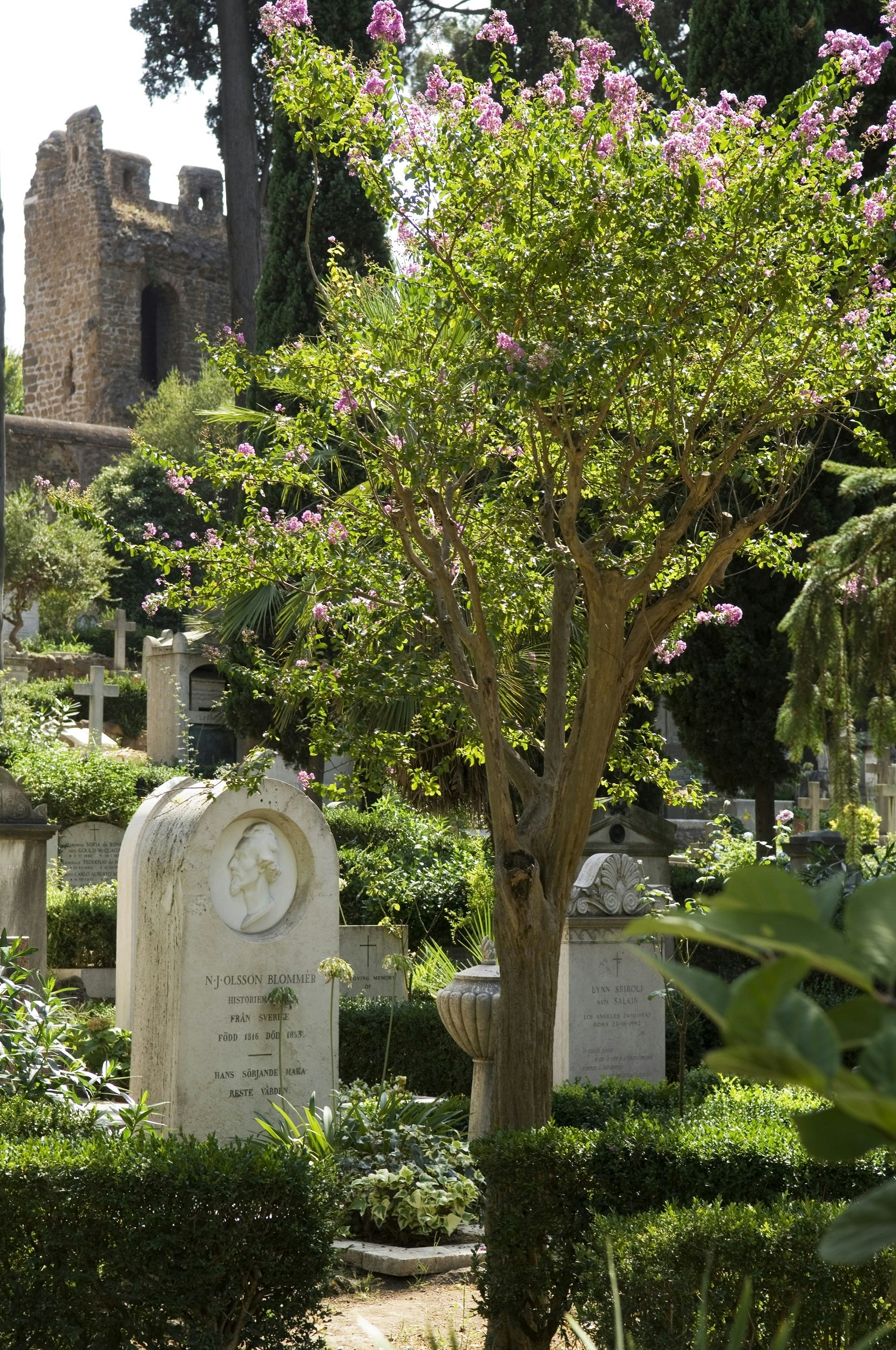
Instead of the historic centre, try Testaccio
Forgo the teeming Centro Storico for the rustic Testaccio. This historically working-class district is punctuated by architectural antiquities, like its Egyptian pyramid, Piramide di Caio Cestio, dating back to 12 BC; and Monte Testaccio, an artificial hill of amphora pottery shards discarded from the time of the Roman Empire. The Cimitero Acattolico per gli Stranieri (or 'non-Catholic' cemetery) serves as the final resting place of romantic poets Shelley and Keats along with the eternally anguished Angel of Grief headstone.
After you’ve paid your respects to the cemetery’s greats, push into the heart of the neighbourhood, where you’ll find Nuovo Mercato di Testaccio. This farmers market has doled out fruit, veg, cheeses, and more to local shoppers for more than a century. Today the mercato also hosts newcomers like Foodbox, experts in fried supplì (fried rice balls) laced with ragu and mozzarella, and homemade takeaway pasta stand Le Mani in Pasta.
Instead of central Trastevere, try its outskirts
If you’re eager to dine in popular Trastevere, forgo its busy vias and venture to the district’s quieter edges. Zia Restaurant, doted on by critics since it opened a little over a year ago, dishes out artful French-Italian fusion; across the street, Proloco Trastevere serves cutting boards sighing with locally-produced cheeses and meats, homemade pasta, and thick-crust pizza. Certified slow-food restaurant Spirito DiVino masterfully composes seasonal and historical dishes, including their signature maiale alla mazio, a pork stew said to have been a favourite of Caesar. At the close of your meal here, descend into their wine cellar, whose foundation dates back to 80 BC. For brunch, dinner or cocktails call on Jacopa.
Willing to roam further from the city’s core? 180g Pizzeria Romana in the Centocelle neighbourhood shimmies Roman-style pizzas with a shatter-thin crust out of wood-burning ovens and gussies them up with gourmet ingredients. And, in San Giovanni, cocktail bar-restaurant Barred showcases the culinary swagger of brothers Mirko and Tiziano Palucci, the hotspot’s mixologist and chef.
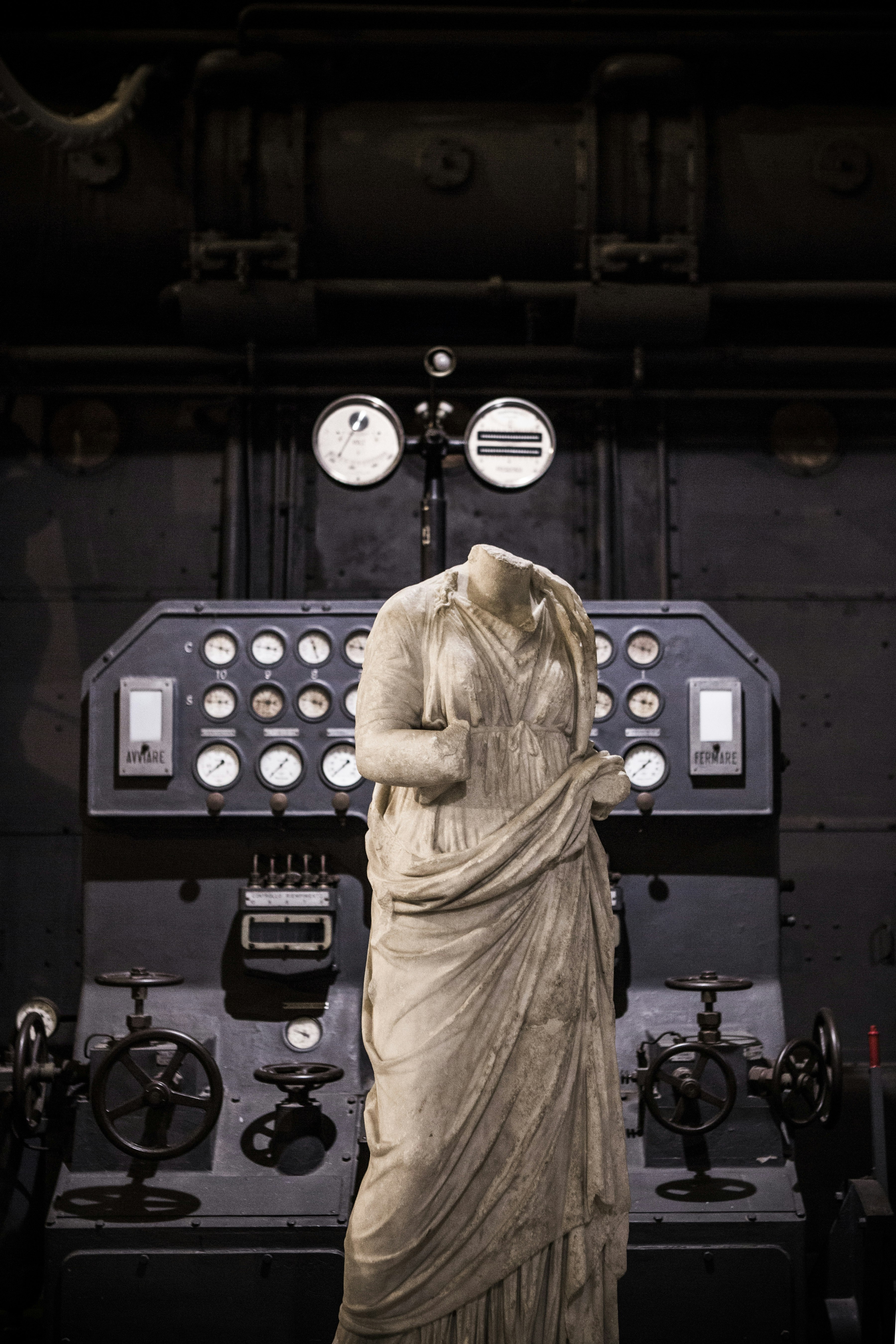
Instead of Galleria Borghese, try Centrale Montemartini
The Ostiense district’s Centrale Montemartini got its start in 1912 as an electricity plant; by the 21st century, the then obsolete space was used to house scores of artworks spilling over from the city’s museums and was officially transformed into a gallery. Today, Montemartini’s striking juxtaposition of classical art and industrial machinery proves to be an unexpected delight: delicate marble statues contrast playfully with hulking turbines and defunct diesel engines. Ask any local which spot is worth calling in on and most will cite this curious mash-up of eras.
Instead of Via del Corso, try Monti
Shopping thoroughfares Via del Corso and Via dei Condotti thump with tourists from the nearby Spanish Steps and Trevi Fountain. For laid-back browsing, consider Monti. Wedged between the Colosseum and Quirinal Hill, this ochre-washed neighbourhood is fringed with artisanal stores boasting handmade clothing, jewellery, and design pieces.
Tina Sondergaard sews and stitches sublime retro-inspired cocktail dresses, trousers and tops; garments can be altered by Tina and her staff on the spot. The brainchild of Eugenia Barbati (look for a shock of aqua blue hair – that’s her), Le Nou is part workshop, part boutique. While trendy designs can be bought directly off the rack, hipsters flock here for a tailor-made piece. Choose the fabric and garment style and Barbati will whip it up to fit your precise measurements.
Down the street, Eliodoro Gioielli d’Arte specialises in punchy, handmade jewellery. Those with a penchant for treasure-hunting, meanwhile, should trawl vintage store Pifebo. On Saturdays and Sundays, duck into Mercato Monti Urban Market, a patchwork of stands hawking anything from bow ties to literary-inspired handbags to silk-screened T-shirts.
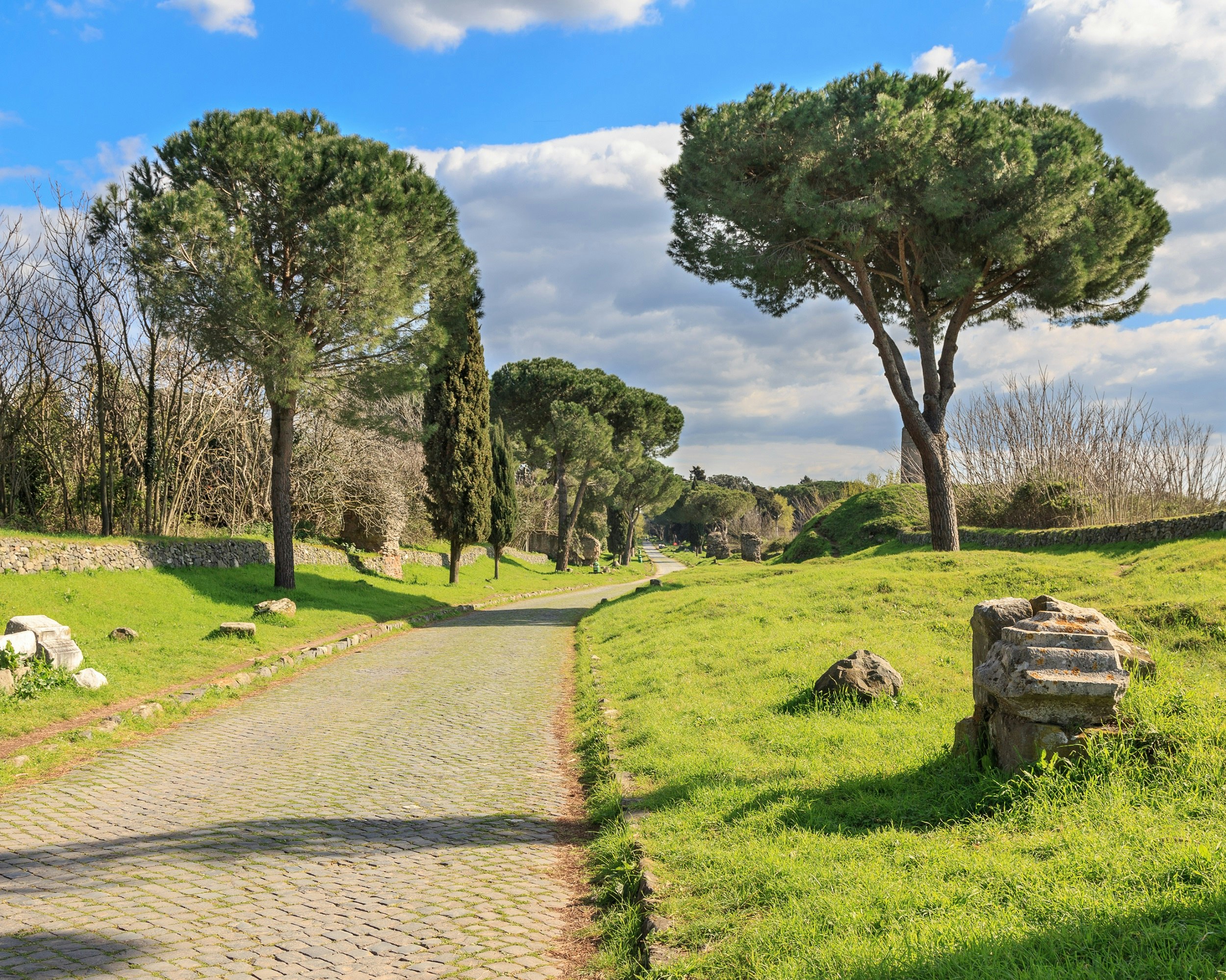
Instead of Villa Borghese, try Appia Antica park
Abandon city life with a jaunt to Appia Antica’s regional park. This leafy sprawl in the southeast of the capital brims with nature trails, ancient tombs, aqueducts, and plenty of archaeological ruins, like the surprisingly intact Circo di Massenzio. It also encompasses the beginning of the ancient Via Appia Antica (Appian Way). Explore the grounds by bike, stretch out with a good book, or head underground to the 2nd-century Catacombe di San Callisto. When hunger strikes, Hostaria Antica Roma plates hearty fare all within eyeshot of the ancient Tomb of Cecilia Metella.
You may also like:
40 free things to do in Rome
Spending diary: what I spent on a four-day trip to Rome
7 spectacular day trips from Rome
